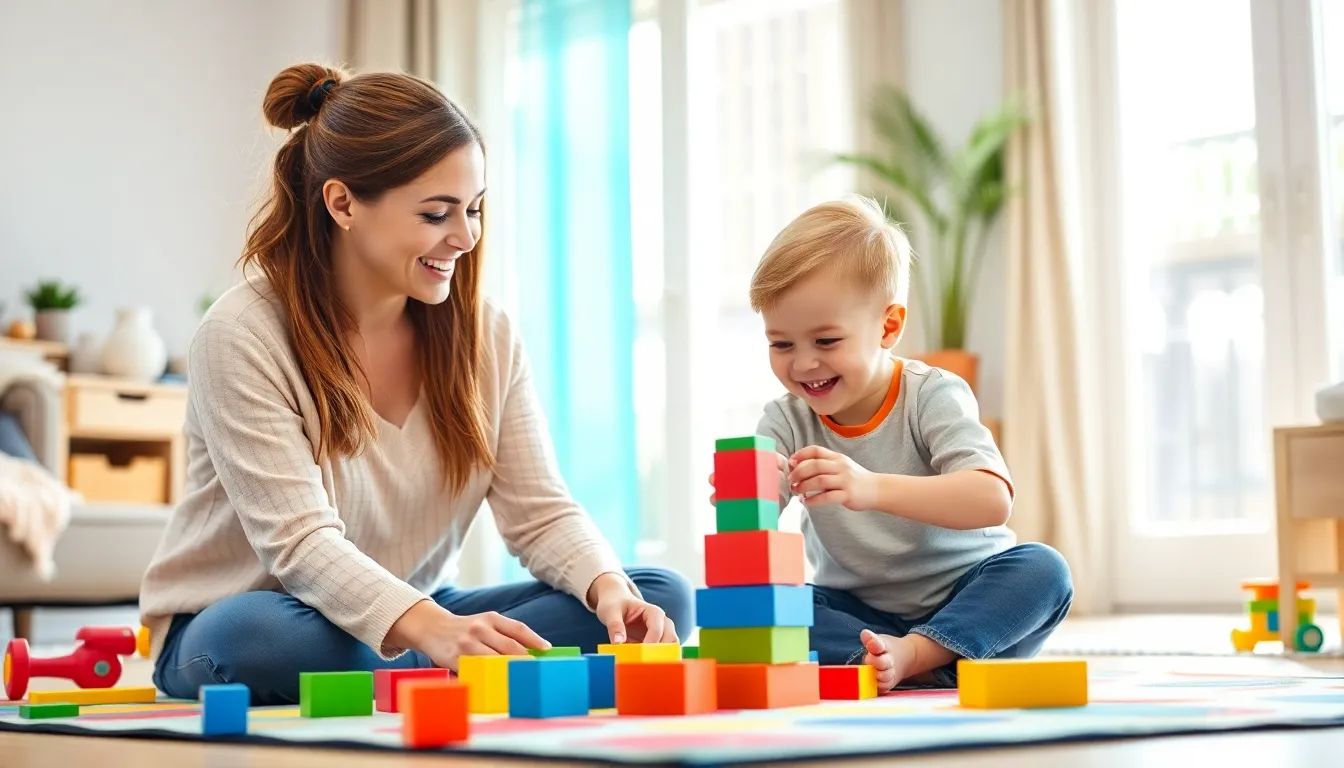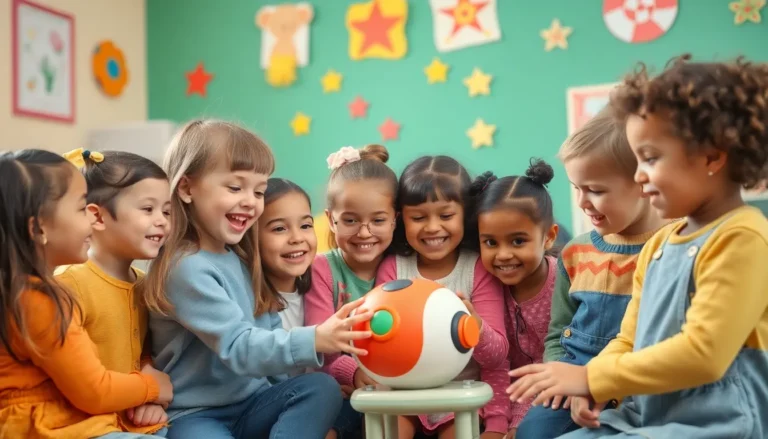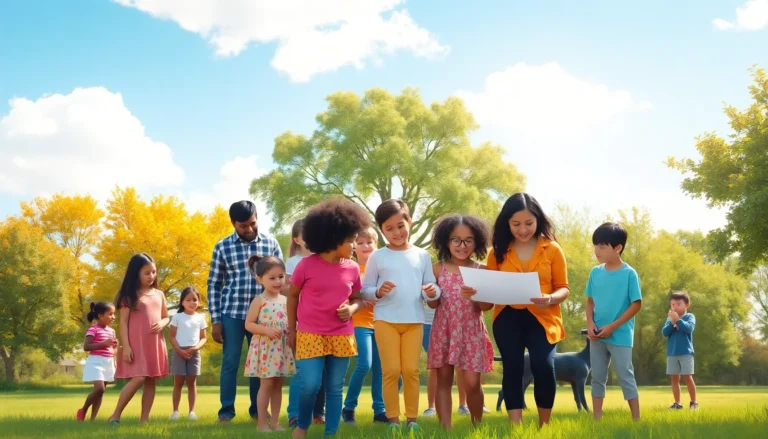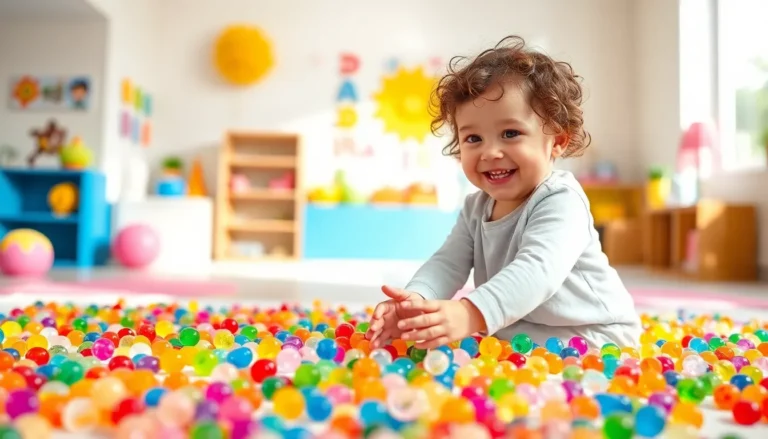Table of Contents
ToggleNavigating the world of toddlers can feel like trying to teach a cat to fetch—challenging and often hilarious. Patience isn’t just a virtue; it’s a survival skill when dealing with pint-sized humans who have mastered the art of impatience. From snack time meltdowns to the infamous “I want it now!” syndrome, parents often find themselves in a tug-of-war with their little ones’ whims.
Understanding Toddler Patience Techniques
Toddler patience techniques help parents manage their child’s expectations and reactions. Recognizing that toddlers seek immediate gratification can significantly reduce stress during daily routines. Incorporating distraction methods, such as engaging toys, can effectively redirect a child’s focus while waiting.
Using positive reinforcement encourages toddlers to practice patience. Acknowledging their efforts with praise cultivates an understanding that waiting is a valuable skill. Setting clear timers can also aid comprehension of waiting periods.
Implementing simple games during waiting periods engages toddlers. Games like “I Spy” or singing songs keep children entertained while boosting patience. Additionally, modeling patience sets a strong example for toddlers to imitate.
Creating predictable routines provides stability, reducing anxiety in toddlers. Consistent snack and playtimes establish an understanding of when to expect rewards. Introducing gradual waiting experiences, like brief pauses during activities, builds tolerance over time.
Offering choices fosters a sense of control in toddlers. Allowing them to select between two options can ease impatience. Engaging in calm, soothing activities, like reading or drawing, also encourages patience without overwhelming them.
Overall, these techniques promote a better understanding of waiting and cultivating self-control in toddlers. As patience develops, parents notice improvements in behavior and interactions during daily activities. Prioritizing these strategies strengthens the parent-child relationship while making routines smoother.
Benefits of Teaching Patience to Toddlers
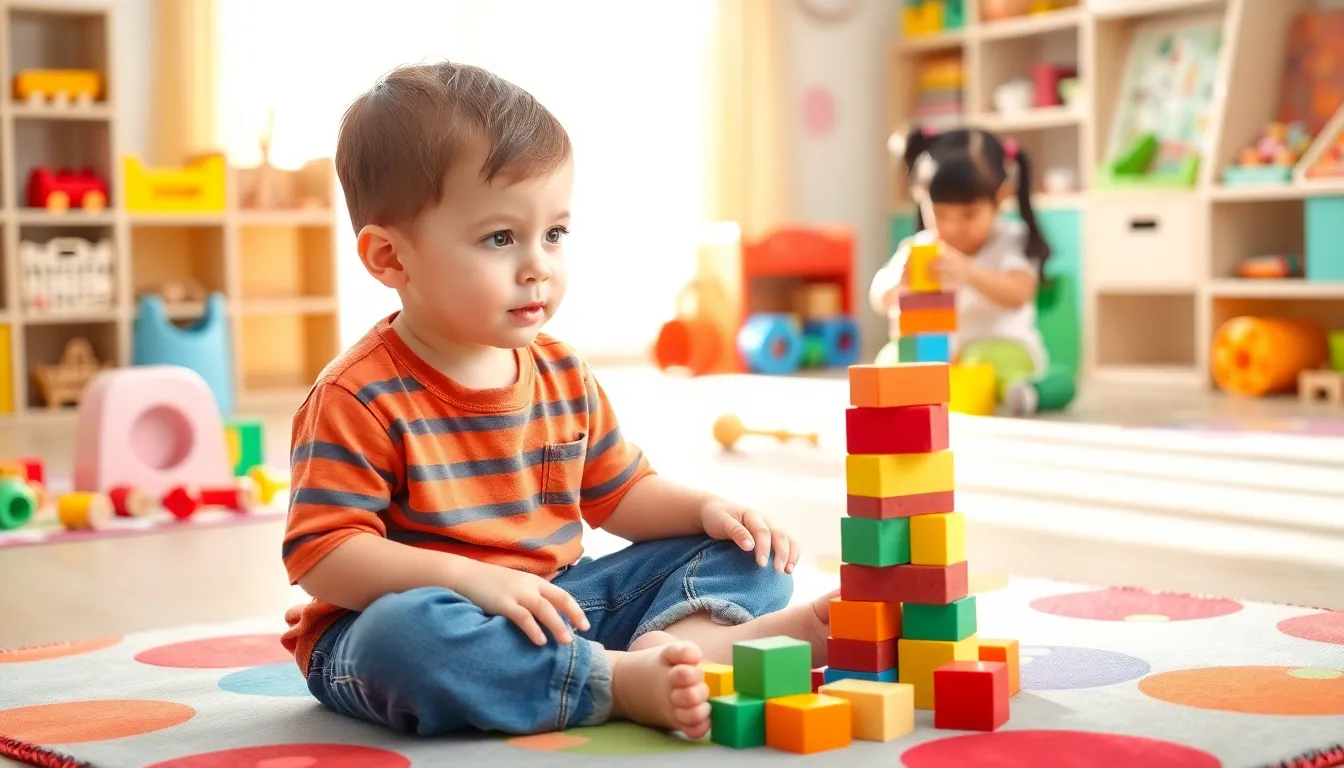
Teaching toddlers patience offers significant advantages for their growth and development. Developing this skill helps in numerous areas, laying a foundation for future success.
Emotional Development
Emotional regulation becomes stronger when toddlers learn patience. They begin to understand feelings of frustration and disappointment, fostering resilience. With the ability to wait for desired outcomes, toddlers experience reduced impulsivity. Engagement in patience-building activities promotes self-control and emotional intelligence. Increased awareness of their emotional states allows for better responses to challenging situations. Parents notice fewer meltdowns during times of waiting as children grasp the concept of delayed gratification. Overall, nurturing patience enhances toddlers’ emotional well-being, contributing to more balanced behavior.
Social Interactions
Social skills flourish when toddlers practice patience. Waiting turns during playtime teaches the importance of sharing and cooperation. They learn to communicate needs effectively, fostering healthier interactions with peers. Improved patience results in better conflict resolution, as toddlers become adept at handling disagreements. Through activities requiring waiting, such as group games, children develop empathy for others. Relationships benefit from enhanced understanding and support as toddlers recognize others’ feelings. Thus, teaching patience equips children with essential social tools that serve them throughout their lives.
Effective Toddler Patience Techniques
Understanding toddler patience techniques enhances parenting strategies during daily challenges. Various methods can help toddlers learn to manage their impulses and expectations effectively.
Mindfulness Exercises
Mindfulness exercises train toddlers to focus and remain present. Breathing techniques introduce simple ways to calm emotions, such as deep breathing while counting to five. Engaging in sensory activities, like feeling different textures, encourages awareness of surroundings. Visual aids, like picture charts, help toddlers associate emotions with calming practices. Short meditation sessions can teach them to sit quietly, fostering a sense of peace and patience over time. These activities not only promote self-regulation but also strengthen the parent-child bond.
Positive Reinforcement
Positive reinforcement rewards toddlers for displaying patience, reinforcing desirable behaviors. Compliments or small rewards, like stickers, increase their motivation to wait. Setting clear expectations before activities clarifies when patience is required. Parents can celebrate successes, ensuring toddlers understand the value of waiting. Implementing a reward chart highlights progress, making it visual and engaging. Consistent affirmation fosters a learning environment that encourages toddlers to practice patience regularly. These techniques cultivate lasting habits that benefit emotional development.
Common Challenges in Teaching Patience
Teaching toddlers patience presents several challenges that can frustrate both parents and children. Toddlers often lack the emotional understanding needed to manage their feelings about waiting. Motor skills can also complicate their ability to engage in longer activities. Instant gratification tends to dominate their thought processes, making it difficult for them to embrace the idea of delayed rewards.
Furthermore, the unpredictable nature of a toddler’s mood can create additional obstacles. One moment they may be engaged, while the next, they could become restless or anxious. This unpredictability often leads to meltdowns, especially during transitions or when faced with waiting times. Social interactions with peers might exacerbate these challenges, as toddlers often struggle to wait their turn or share.
Engaging them in activities that require patience requires careful planning. Parents frequently find that distractions can help momentarily, but establishing consistent routines proves more effective in the long run. Establishing clear expectations becomes crucial, as toddlers thrive on predictability. Visual aids like timers illustrate waiting periods, making them more tangible for young minds.
Moreover, reinforcing desired behaviors is essential for teaching patience. Parents may notice that simple strategies, such as modeling patience during their own waiting times, can set a strong example. Over time, toddlers learn through observation and imitation, gradually grasping the concept of waiting. Strengthening the parent-child bond during these moments fosters resilience and emotional growth.
Navigating these challenges demands persistence and creativity from parents. Effective communication plays a vital role, allowing toddlers to express their feelings. Celebrating small milestones related to patience can further motivate toddlers. Each step forward contributes to their development, laying the groundwork for better emotional regulation and social skills.
Teaching toddlers patience is a journey that requires dedication and creativity. By implementing effective techniques like distraction, positive reinforcement, and clear routines, parents can help their children understand the value of waiting. These strategies not only ease daily challenges but also nurture essential emotional and social skills.
As toddlers learn to manage their feelings and develop empathy, they become better equipped for future interactions. The benefits of fostering patience extend beyond the toddler years, laying a strong foundation for resilience and emotional well-being. With persistence and a supportive approach, parents can turn challenging moments into opportunities for growth.

